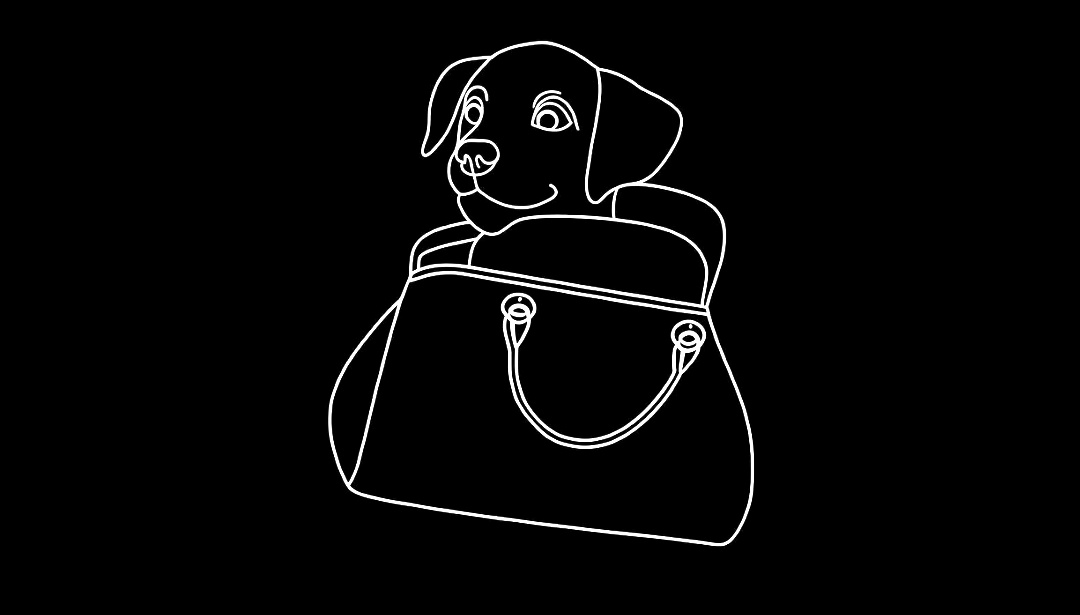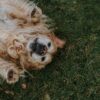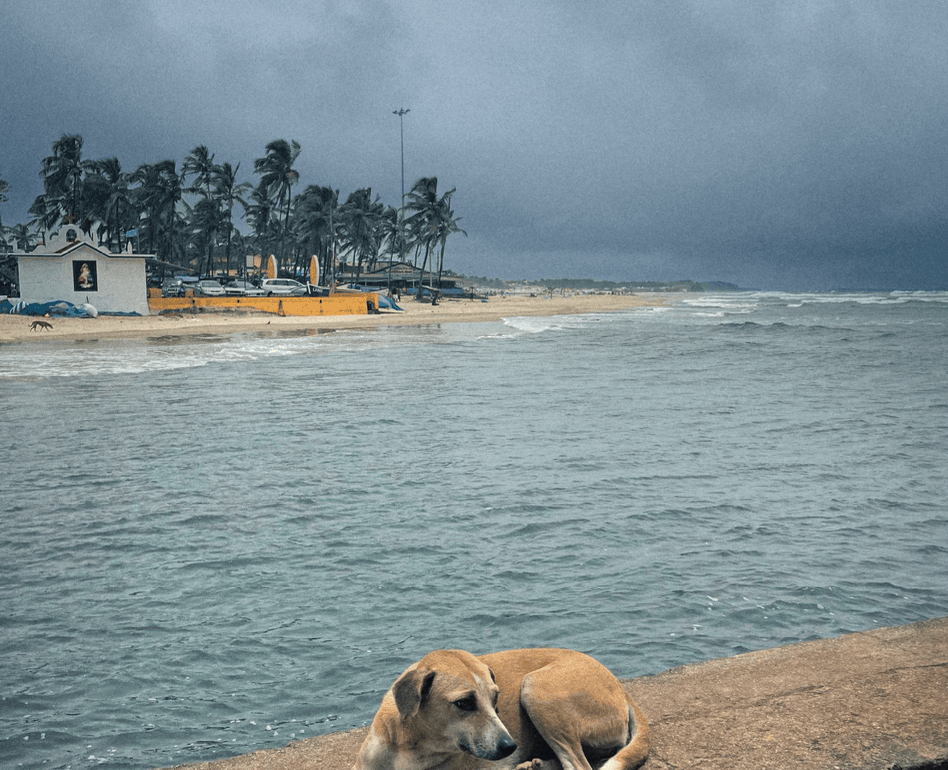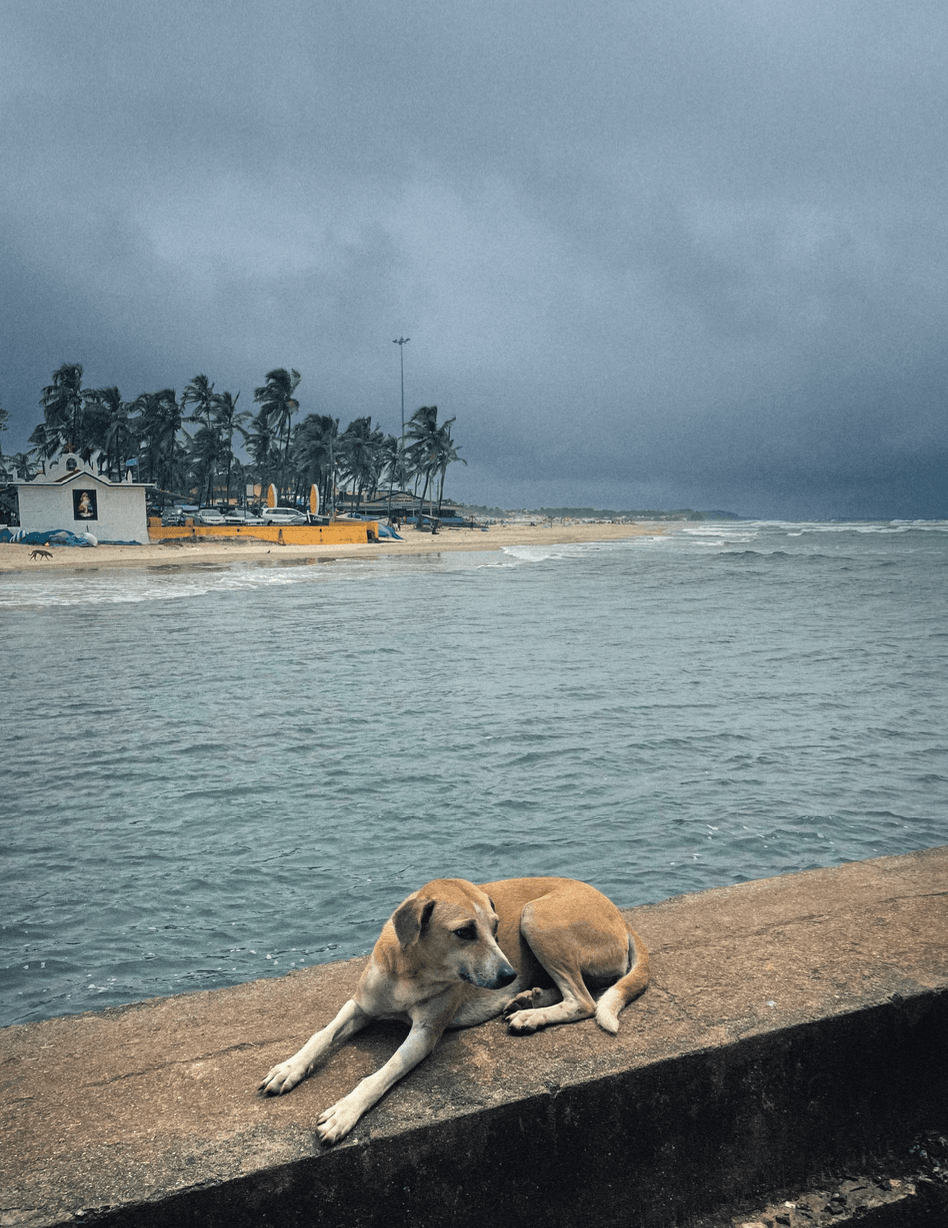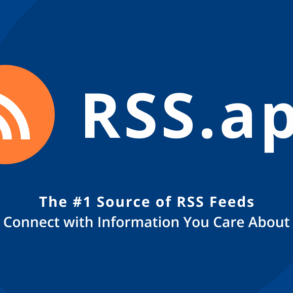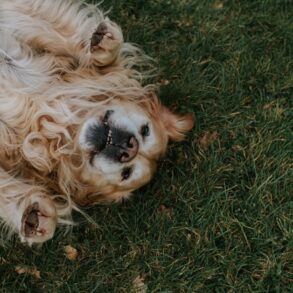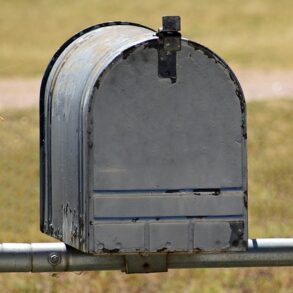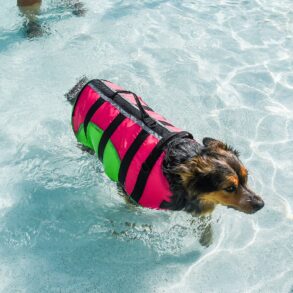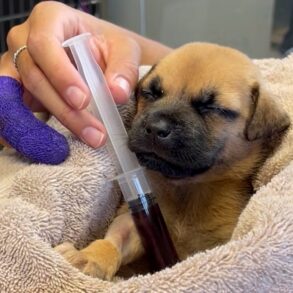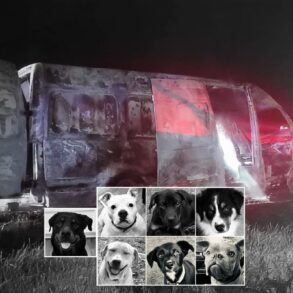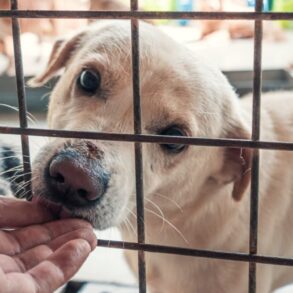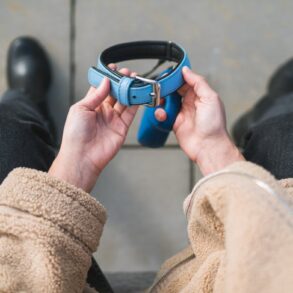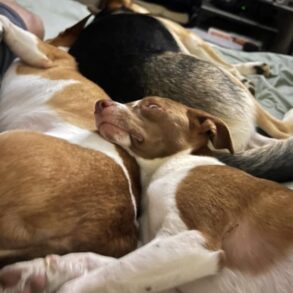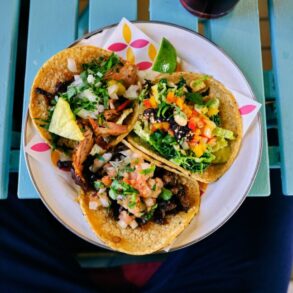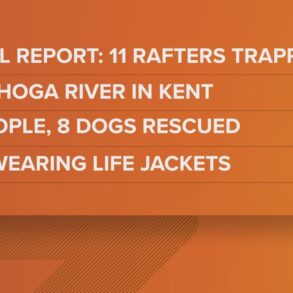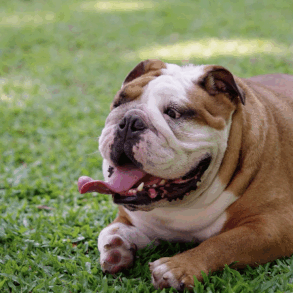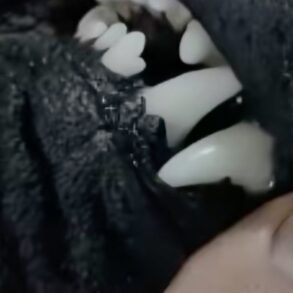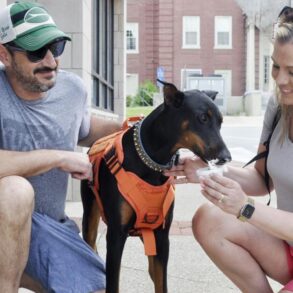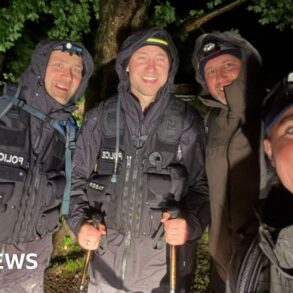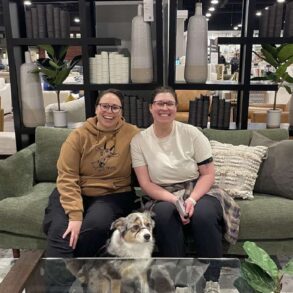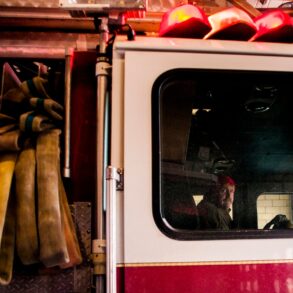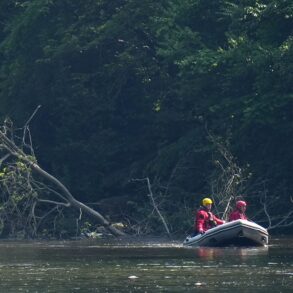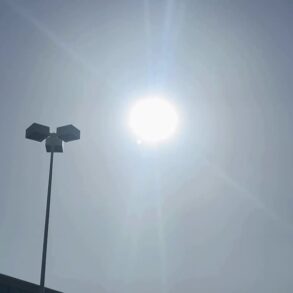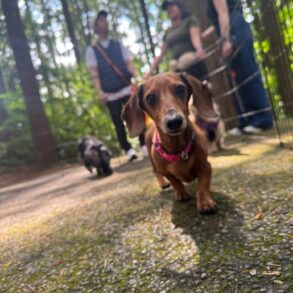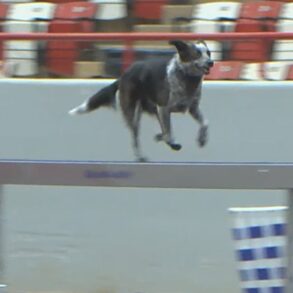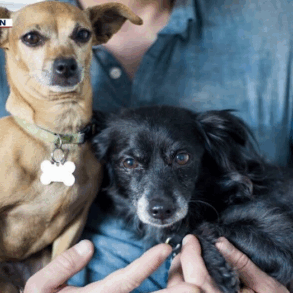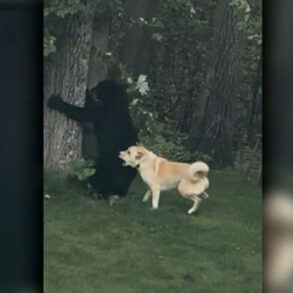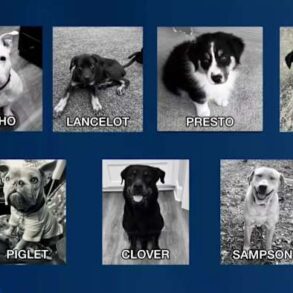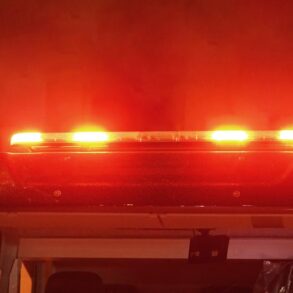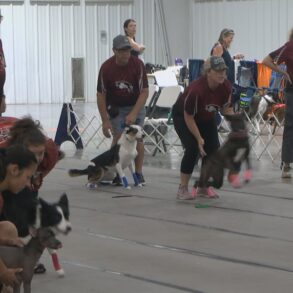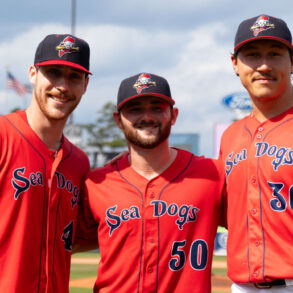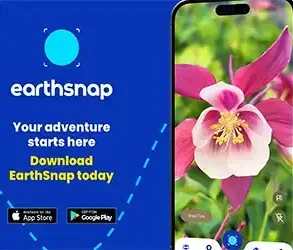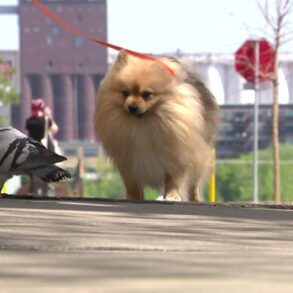As I recall, when I began shooting these pictures, more than turning a pack of neglected dogs into a photographer’s subject, I was trying to form a frame around my own vulnerability, my disparate thoughts, my inability to articulate those thoughts even to myself. Thus these images are the quietest, introspective work I’ve done. As conceptualisation goes, I have always believed that good design is essentially about subtraction and a certain graphic minimalism has been a leitmotif of my craft. The quiet desolation and bleakness of those times against the magnificence of the Goan monsoon became my poetry of choice.
Rohit Chawla
But beyond choosing the time of day, the quality of light, nothing was ever in my control. Unlike my human subjects, I couldn’t manipulate or coax the dogs to do my bidding, couldn’t predict the moods of the monsoon or the sea’s erratic behaviour. The relentless rain took a toll on my cameras, which were overwhelmed by the moisture and became inoperable in days. But those magical clouds, that endless expanse of water, the shimmering dance of light created a vast ethereal studio where every morning the sea cast a fresh set of surrealistic props at high tide.
Rohit Chawla
Rohit Chawla
I often wondered whether those dogs were also able to sense that I needed rescuing as much as they did. Someone once said that dogs have a way of finding people who need them. I think it’s true. Though I fed them whenever I was able, the bond that grew between us wasn’t only to do with food. Could they have been aware that, howsoever broken their lives, they were in a strange way restoring mine? As if they knew I needed to remember, they reminded me that love is a simple thing, lost to us at times on account of too much reflection, too much analysis of our lives, too much questioning as to where our lives are going.
Excerpted with permission from Rain Dogs by Rohit Chawla (HarperCollins)
This post was originally published on this site be sure to check out more of their content.
